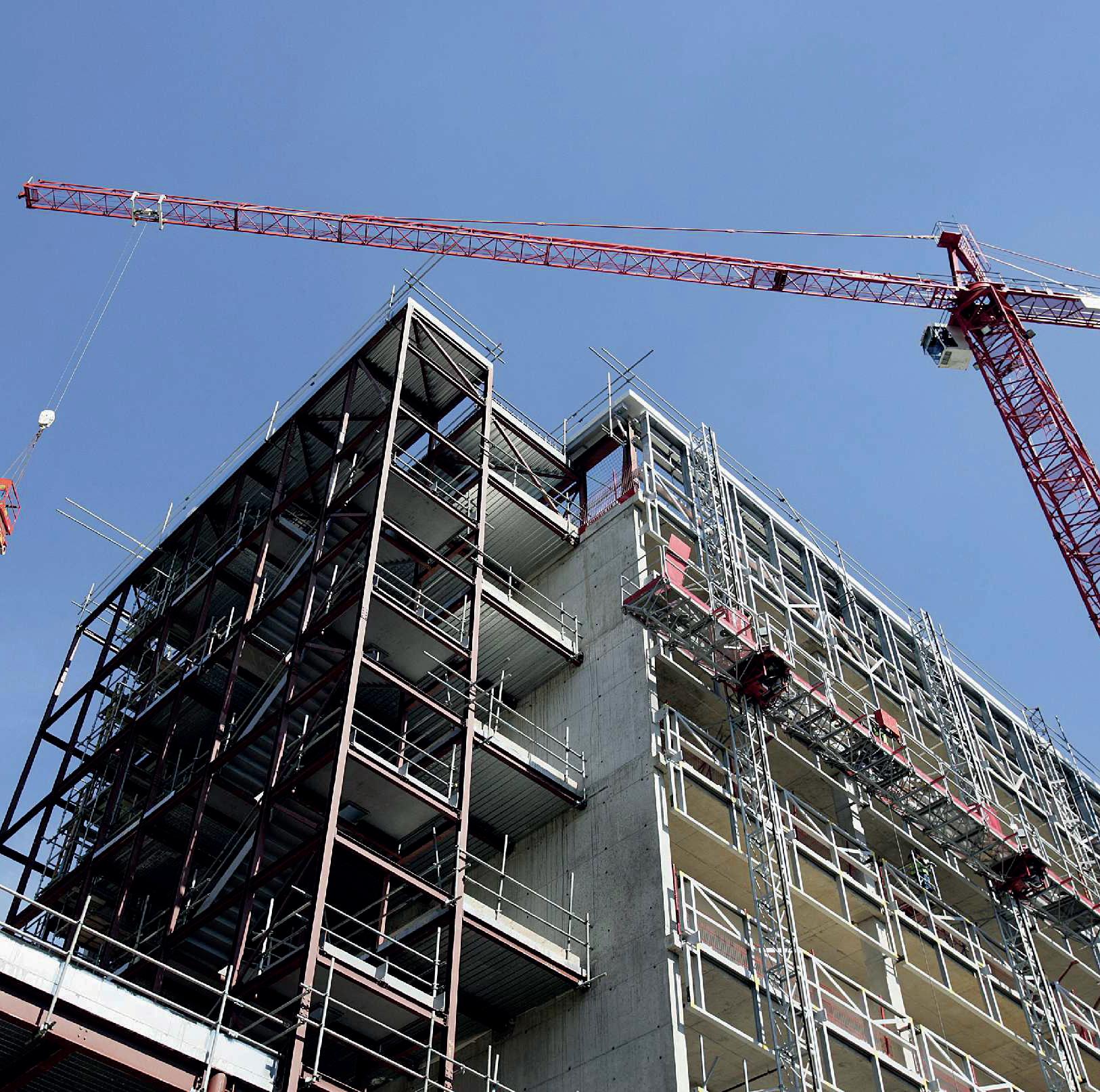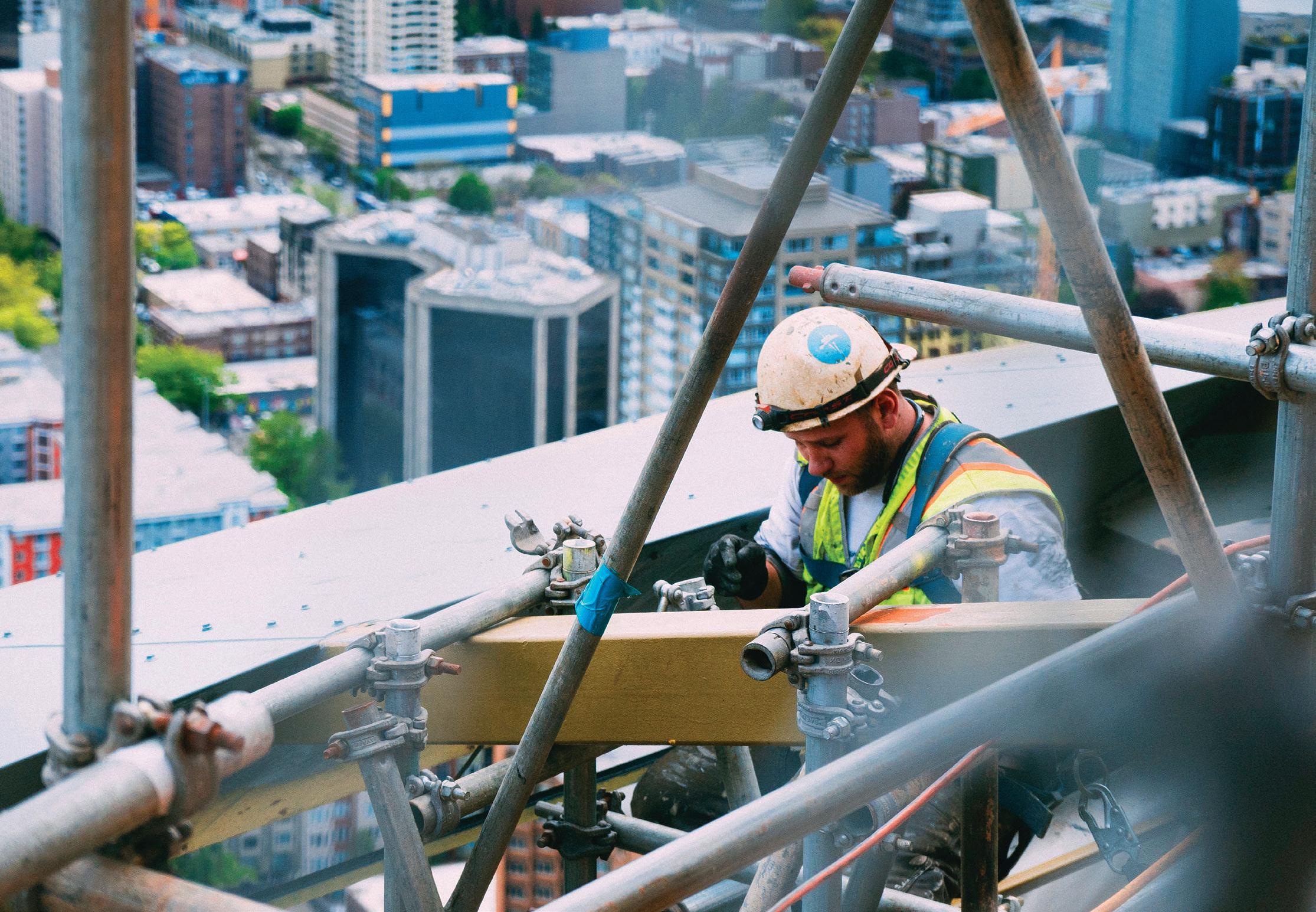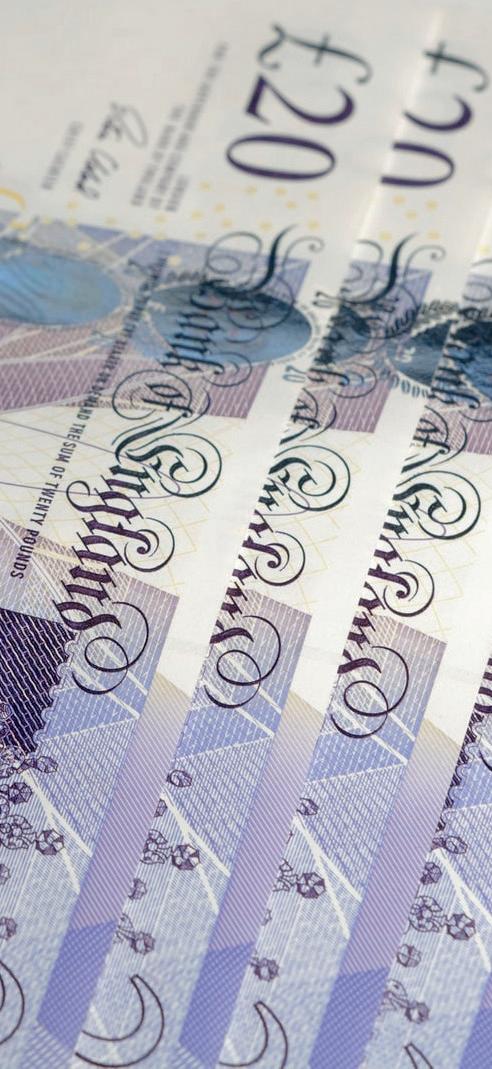
3 minute read
New VAT system to impact on cashflow
from AccessPoint Issue 10
by AccessPoint
The access and scaffolding sector is waking up to changes in VAT invoicing and payments that come into force next month. At the time of going to press, a united construction industry was lobbying hard to have the changes delayed for six months, but, whether the new VAT Reverse Charging comes into effect or not, what is certain is the sector will need to implement it. Adrian JG Marsh reports.
Changes to VAT charging are being introduced in order to tackle the growing problem of VAT fraud in the construction industry. HMRC’s new domestic reverse charge for construction services is due to come into force on 1 October 2019 and its introduction seems likely to have a significant impact.
David Redfern from DRS Tax Claims said: “These changes mean that the recipient of the construction services and supplies will now be responsible for charging themselves the VAT and accounting for it, and businesses which provide construction services will need to state clearly on their invoices that the VAT is subject to this reverse charge.”
Robert Candy, chief executive of the Scaffolding Association, said: “The implementation of VAT Reverse Charging will have a significant impact on the cashflow of scaffolding contractors. Right or wrong, businesses have been using VAT receipts as working capital. Scaffolding contractors are no different to many businesses and they should make sure that they are prepared when it begins.
“Contractors affected by the new VAT regulations could lose 20 per cent of the cash going through their business. For a £1 million turnover contractor, that’s £200,000 they won’t see again. The potential impact is huge.”
Mr Redfern stated: “Affected construction services are very similar to those which come under the Construction Industry Scheme (CIS), with professions such as surveying and architecture remaining out of scope for the reverse charge. In terms of charging, the main difference is that, unlike the CIS, materials are also included within the reverse VAT charge.
“However, this reverse charge won’t apply to zero-rated services nor if the customer is not registered for VAT. While the VAT responsibility will shift to the customer, the good news is that this will not impact on the
VAT registration threshold so smaller businesses needn’t worry that these changes will push them within the scope of VAT registration.”
HMRC has said that it intends to take a “light touch” towards errors made within the first six months of the charge being introduced as long as suppliers have made the errors in good faith and have attempted to comply. However, errors are far easier to rectify if they are spotted and picked up sooner rather than later.
“Before October, construction-based businesses need to check whether they are going to be impacted by the reverse VAT charge. If so, accounting software and systems will need to be updated to ensure that they are compliant,” Mr Redfern said. He continued: “Smaller businesses may find that their cashflow is affected by this change, so precautionary measures need to be taken and staff need to be familiar with what is going to happen.”
Mr Candy reiterated that the key impact of this change is the substantial effect this may have on cashflow. He said: “Access and scaffolding contractors should be planning for this change as soon as possible and we strongly suggest that they read the HMRC website and seek external advice. Different forms of contract may also influence the way the new scheme is applied.”
Scope of VAT Reverse Charging
• The new rules only affect supplies you make to your clients who are NOT the final user of the building or structure and o If you invoice for labour only, then this will be included in reverse charging VAT o If you invoice for labour and materials, then the whole of the invoice will still come under the new scheme o If, however, you invoice for materials only and there is no labour or service element, then you will submit a VAT invoice as normal as this does not come under the scheme
• If you carry out work for end users, such as domestic customers or for customers who are either not VAT registered or not CIS registered, you will continue to invoice them including VAT
• Scaffolding hire (with no labour) is outside the scope of CIS, so VAT will continue to be charged.

An example of how VAT Reverse Charging works
On, or after, 1 October, you submit an invoice for £1,000 of construction work:
• You will invoice for £1,000 showing your supply as standard rated but not adding the £200 VAT to the amount due
• Because you have not been paid £200 VAT, you now do not owe HMRC £200 VAT

• If your invoice includes VAT after 1 October 2019, your client will return the invoice to you and this could delay payment
• Invoices dated up to 30 September 2019 will request VAT and can be paid with the VAT www.gov.uk/guidance/vat-domestic-reverse-charge-for-building-and-construction-services
• Invoices dated on or after the 1 October 2019 should not show VAT.
Stage 3 Scaffolder
Expiry Date 01/12/2023
Card No: 19-A0000
Name Surname










